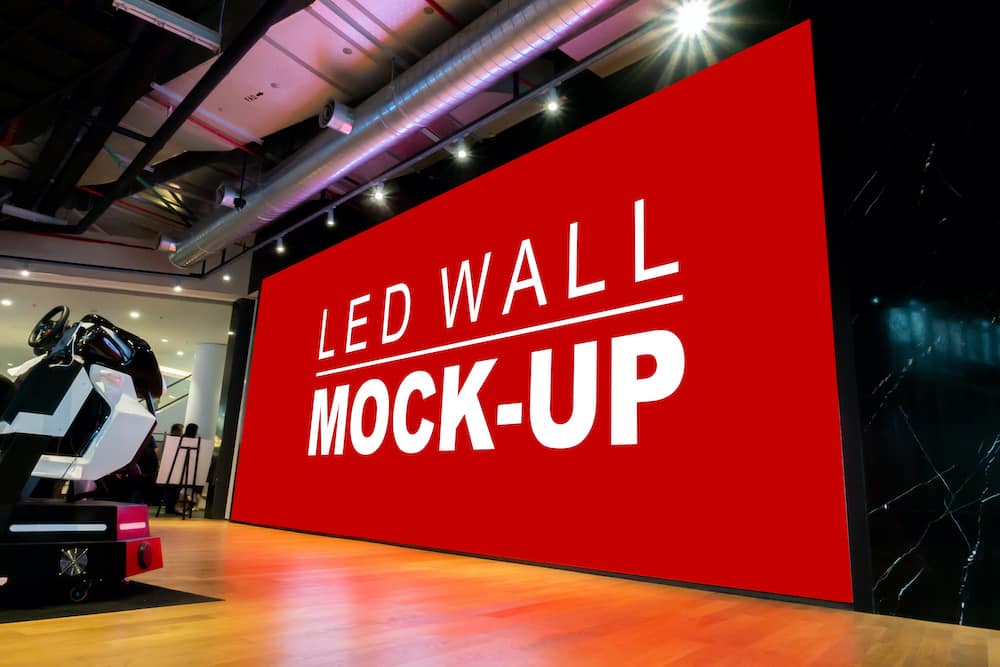Examining the Wide-ranging Integration Options Available for Light Emitting Diode Wall Panels
Examining the Wide-ranging Integration Options Available for Light Emitting Diode Wall Panels
Blog Article
LED wall panels have secured popularity for their capacity to deliver crisp visuals in various settings, from corporate environments to event venues. One of the primary aspects of these systems is their interface options, which allow users to connect them to different devices and systems. Understanding the broad input options supported for Light Emitting Diode wall panels is vital for enhancing their use and effectiveness. This article explores these options, highlighting how they can adapt to specific needs and preferences.
One frequent connection approach for LED wall panels is HDMI. High-Definition Multimedia Interface is widely known for delivering high-quality video and audio streams between devices. This connection type is especially beneficial in commercial settings, such as meeting spaces or classrooms, where visual content or video content are often shared. By using HDMI cables, users can seamlessly connect laptops, projectors, and streaming devices to Light Emitting Diode wall panels, guaranteeing a clear and dynamic presentation of media.
Another commonly used interface option is DisplayPort, which is comparable to HDMI but offers additional benefits. DisplayPort can support elevated refresh rates and resolutions, making it an excellent choice for gaming or graphic-intensive applications. For those deploying LED wall panels in environments where output quality is essential, such as esports arenas or design studios, Display Port can provide the required visual quality. Moreover, many modern computers and graphics cards include DisplayPort connections, making it a convenient solution for technology-oriented users.
In addition to High-Definition Multimedia Interface and Display Port, wireless connectivity methods are becoming increasingly common in Light Emitting Diode wall panel technology. Wireless interfaces allow operators to transmit content without the need for physical cables, promoting a streamlined view publisher site and more adaptable setup. Platforms such as Wi-Fi and Bluetooth allow users to connect smartphones, tablets, and laptops directly to LED wall panels without tangled wires. This versatility is particularly advantageous in fast-paced environments like trade shows or live functions, where quick changes to displays are often required.
For extensive deployments or more complex setups, network connectivity through wired networking is another reliable solution. Ethernet connections provide a find this consistent and robust way to connect multiple Light Emitting Diode wall panels within a system. This approach is suitable for digital signage applications found in shopping malls or airports, where multiple panels may need to present synchronized content across a broad area. By using network cabling and routing hardware, users can guarantee that all linked panels receive uniform data and content efficiently.
Finally, it's important to consider the future of connectivity with advancements such as Universal Serial Bus-C and Thunderbolt Three. These next-generation interfaces offer increased data transfer speeds and versatility by allowing one cable to handle both power delivery and data transmission. As more systems incorporate these standards, Light Emitting Diode wall panels equipped with Type-C ports will likely become more common. This evolution in connectivity not only enhances the capabilities of Luminescent Diode wall panels but also coincides with the emerging trend of minimalistic design in hardware arrangements by minimizing the number of cables needed.
In summary, examining the broad interface methods accessible for Light Emitting Diode wall panels uncovers many opportunities for operators across multiple fields. From traditional approaches like High-Definition Multimedia Interface and Display Port to modern cordless technologies and LAN setups, each pathway serves specific functions suited to distinct needs. Furthermore, next-gen technologies like USB-C offer further developments in how professionals utilize LED wall panels. By understanding these connectivity alternatives, individuals can make informed decisions that enhance their overall engagement with these multifunctional visual solutions.